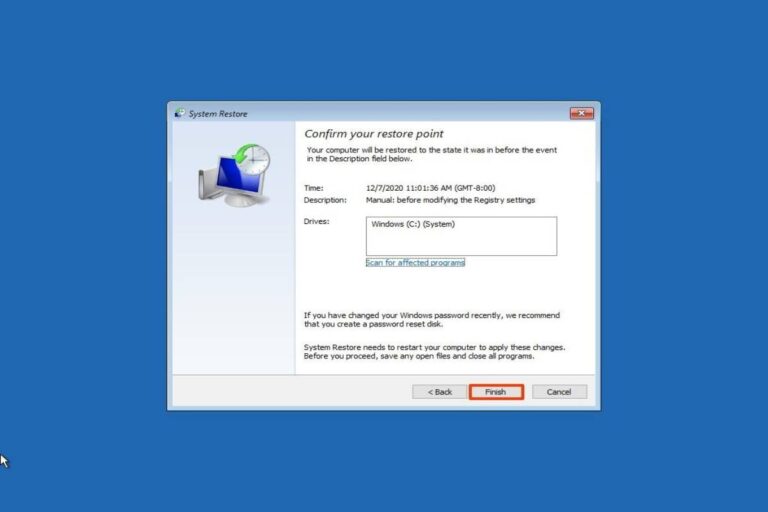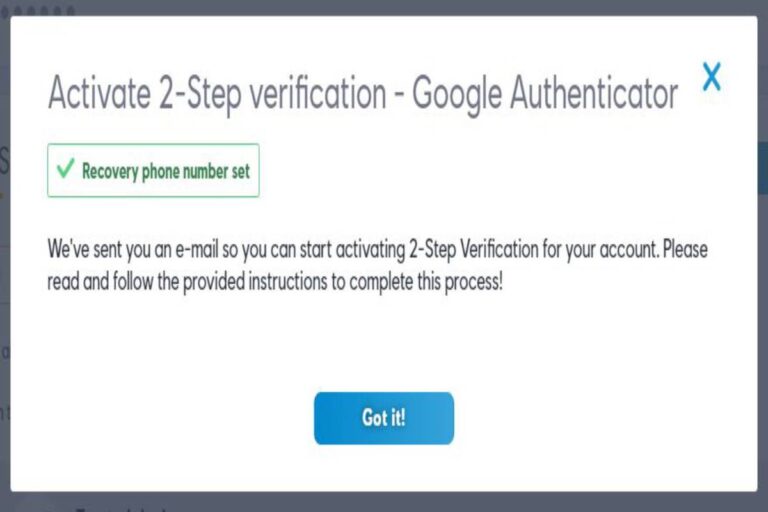Test automation in software development is essential for guaranteeing the efficacy and quality of the final product. This strategy uses specialized tools and scripts to perform tests, resulting in speedier and more accurate findings than manual testing. Its importance comes from its ability to quicken the testing process, discover errors quickly, and facilitate continuous integration and delivery.
Numerous advantages come with test automation; nevertheless, despite these advantages, test automation’s efficacy isn’t exclusively dependent on tools and scripts. A crucial element that enters the equation is the human element. In this essay, we examine the vital role humans play in test automation and the abilities and attitudes that support it. Effectively utilizing Test Automation in software development projects requires grasping the tension between automation and human knowledge.
Table of Contents
Understanding the Skills Required for Test Automation
Understanding the varied abilities required for success is crucial before venturing into the world of test automation. Technical abilities come first. It is vital to be proficient in programming languages like Python, Java, and C#. These programming languages enable automation engineers to construct reliable and effective test scripts. Furthermore, familiarity with automation frameworks and tools like Functionize, Selenium, and Appium is essential. Knowing how to use these tools makes it simpler to automate tests and opens up new testing possibilities. Justifying the use of automation testing requires a comprehensive understanding of the various advantages of automation testing, such as improved test efficiency, faster time-to-market, increased test coverage, and the ability to perform repetitive tests reliably.
Additionally, Git and other version control tools are essential for managing code repositories, facilitating team collaboration, and guaranteeing version control. The ideas of Continuous Integration and Continuous Deployment (CI/CD) must also be adopted. These procedures enable the smooth integration of automated testing into the pipeline for software development, promoting fast and trustworthy releases. Domain expertise is just as essential as technical competence. Testers can devise more pertinent and thorough test scenarios by thoroughly understanding the Application Under Test (AUT). The ability to effectively address domain-specific difficulties and hazards is enhanced by industry-specific expertise, such as those in the banking or healthcare industries.
Quality Assurance (QA)
The foundation of any successful test automation project is testing and Quality Assurance (QA) expertise. A well-structured test suite is built on test design and planning principles. The development of test cases and their execution ensure that the automation encompasses the appropriate test scenarios and yields reliable results. While test data management ensures the availability of suitable data for testing, defect reporting and management are crucial for identifying and correcting issues. Finally, comprehension of test metrics and reporting enables meaningful analysis of test findings, assisting in the general enhancement of test quality.
Developing the Right Mindset for Test Automation
Having the correct mentality is essential for success in test automation. Adopting a continual learning approach is as essential as knowing the necessary tools and technology. This calls for keeping up with current market trends and being willing to take up new skills as they surface. Maintaining relevance and effectiveness in your automation initiatives depends on your ability to keep up with the ever-changing software development landscape. The ability to solve problems and rectify issues is crucial in test automation.
It’s crucial to comprehend the difficulties involved in automating tests. It might be anything from managing challenging circumstances to resolving compatibility problems across many platforms and devices. A skilled test automation engineer can be distinguished from an average by their capacity to discover answers and workarounds. The only thing that matters is more than just getting the technical part correct. For test automation to be successful, cooperation and communication are essential.
Collaboration between the development and quality assurance (QA) teams is crucial for the development process to be automated seamlessly. The team benefits from a culture of learning and development when knowledge and best practices are shared. Patience and meticulousness are other essential characteristics. Test automation necessitates accuracy since even the tiniest error might produce inaccurate findings. Test script debugging and refinement require perseverance to get dependable and consistent test results. Rushing the procedure can result in inaccurate testing and squandered time and effort.
Balancing Test Automation with Manual Testing
It should supplement manual testing rather than supplant it. It is crucial to identify which scenarios are most suited for automation. Automation is an excellent alternative for tasks that are repetitive, time-consuming, and prone to human mistakes. But some circumstances are better suited for manual testing, where human intuition and creativity play a significant role, particularly those involving exploratory testing and user experience assessment.
A thorough understanding of the project’s requirements and objectives is required to determine whether to use manual testing rather than automation. By striking the ideal balance between automated and manual testing techniques, the testing process is made effective and efficient. Combining the two methodologies results in comprehensive test coverage considering a wide range of prospective problems and scenarios.
Conclusion
The proper mentality and technical capabilities are required for test automation success. This necessitates a persistent readiness to learn new skills and technology, remain current on industry developments, and practice lifelong learning. Success depends on the development and QA teams working closely to solve problems and communicate.
Accurate and trustworthy test results necessitate attentive script creation and attention to detail. It’s also crucial to know when to automate tests and when to rely on manual testing if you want to maximize test efficiency and effectiveness.








